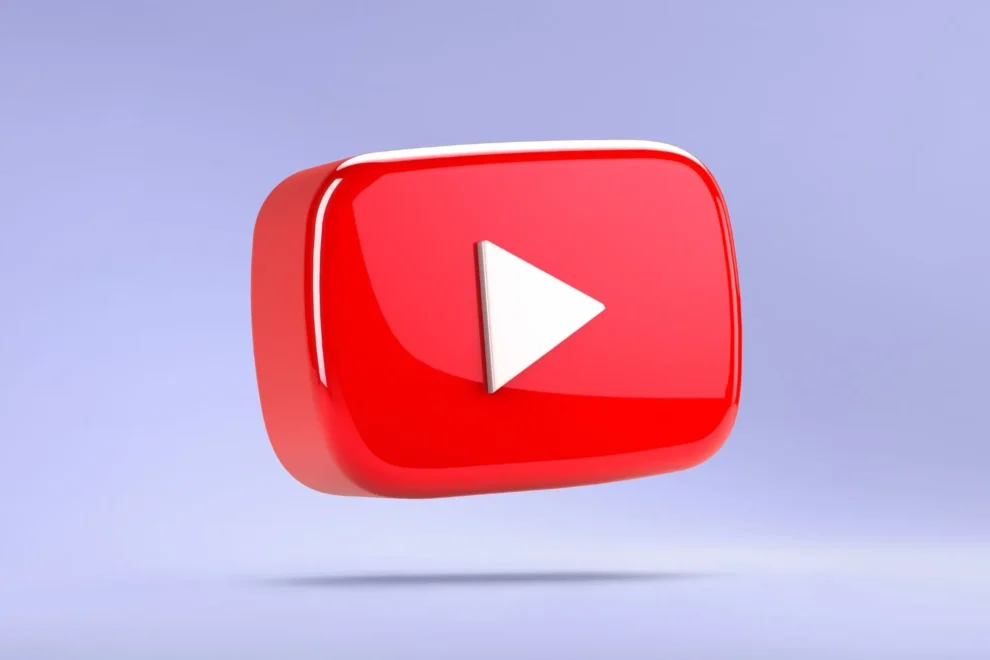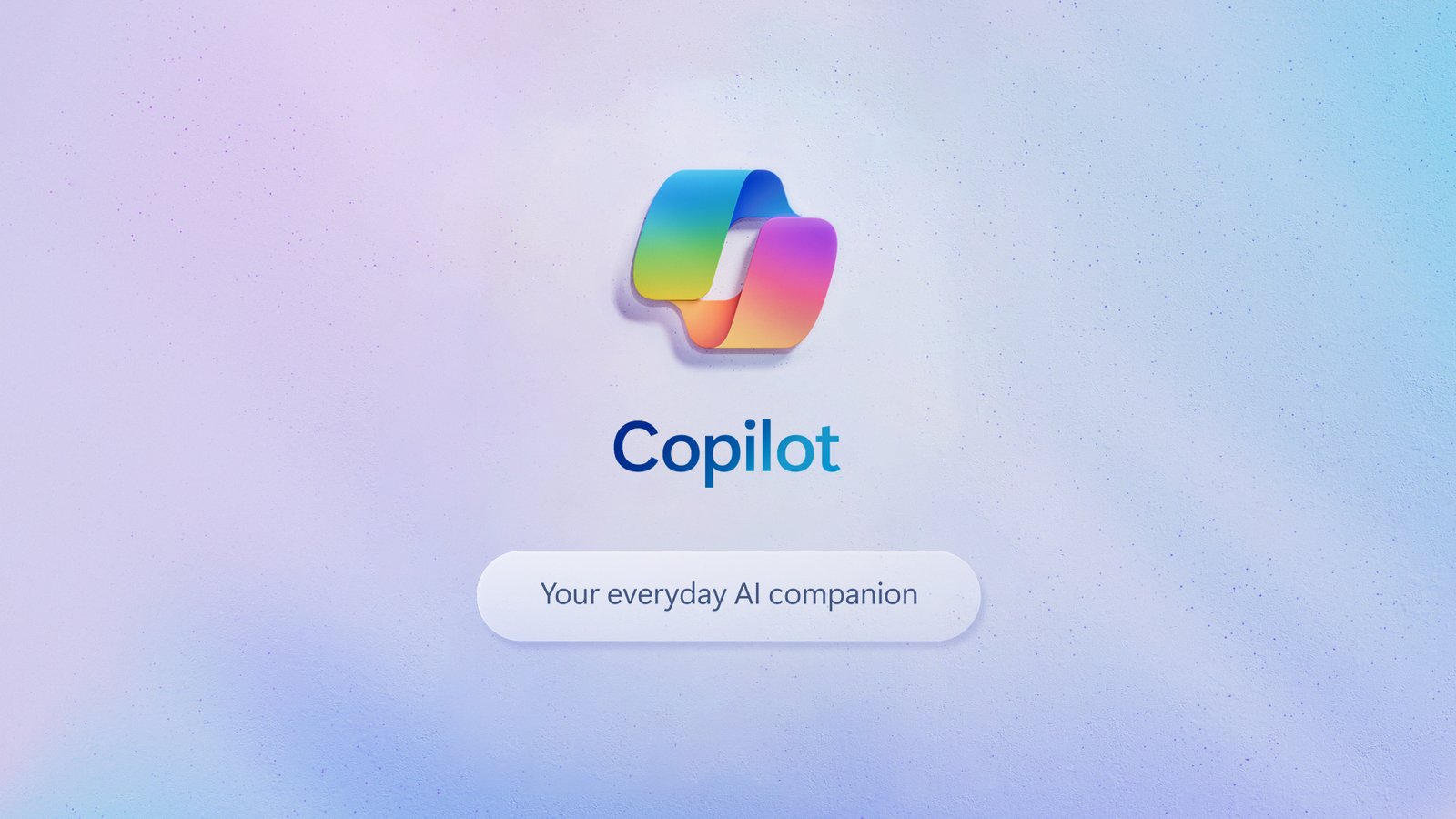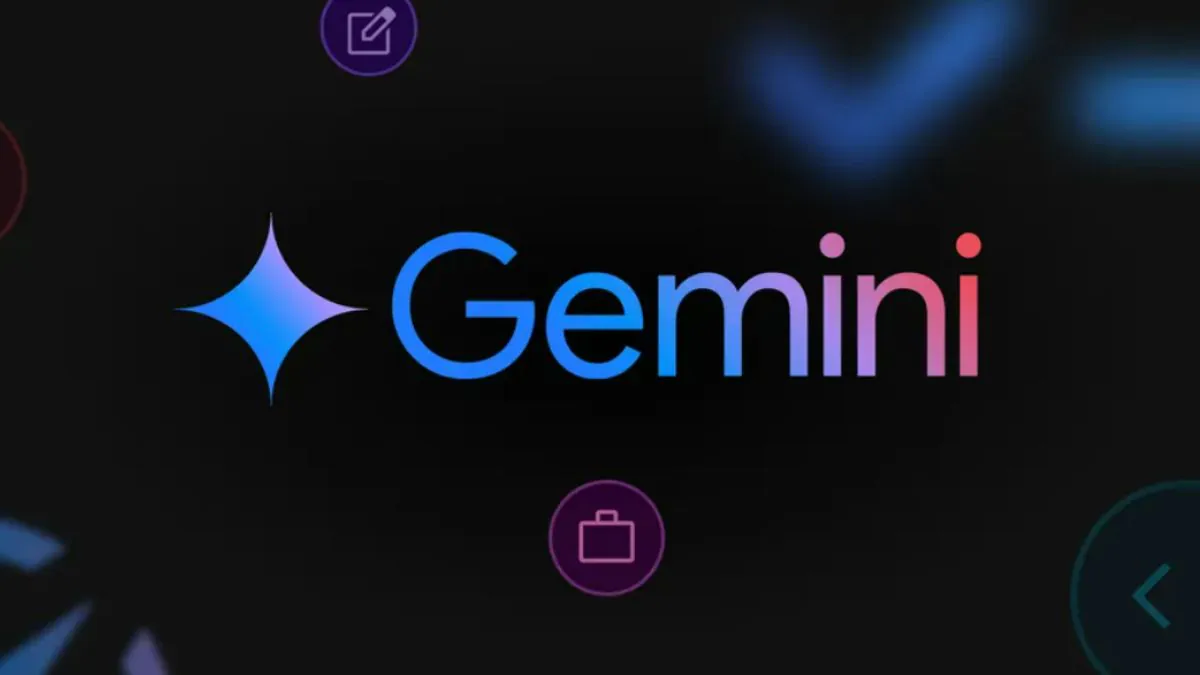YouTube, the goliath of online video content, has recently made a change that’s causing ripples amongst its vast user base. The pause screen, once a brief respite during video playback, is now officially open for advertising. This move marks a significant shift in YouTube’s advertising strategy, opening up a new avenue for advertisers to reach viewers, but also potentially disrupting the viewing experience for users.
The change is already being rolled out to viewers globally, and it applies to both desktop and mobile platforms. While YouTube Premium subscribers remain unaffected, those on the free tier will now have to contend with ads popping up even when they hit pause. YouTube claims this change is designed to offer advertisers more opportunities to connect with their target audience. But for many users, it feels like an unwelcome intrusion into their viewing experience.
Who’s Affected, and Why?
Primarily, the change impacts free YouTube users. YouTube Premium subscribers, who pay a monthly fee for an ad-free experience, will continue to enjoy uninterrupted viewing, even during pauses. Advertisers stand to gain from this change, as it provides them with another touchpoint to reach potential customers. But for users, it could mean more interruptions and a less enjoyable viewing experience.
The User Backlash
The response from the YouTube community has been largely negative. Many users feel that the pause screen should remain ad-free, a brief moment of respite during video playback. Complaints have flooded social media platforms, with users expressing their frustration at the increased ad presence.
“This is just too much,” one user tweeted. “I already have to sit through ads before and during videos. Now I can’t even pause without being bombarded with more ads.”
Another user commented on Reddit, “YouTube is becoming increasingly greedy. They’re prioritizing profits over user experience.”
YouTube’s Justification
YouTube, on its part, maintains that the change is necessary to offer advertisers more value and to support the creation of high-quality content. In a statement, a YouTube spokesperson said, “We’re always looking for ways to improve the advertising experience on YouTube for both viewers and advertisers. This new format allows advertisers to reach viewers in a more engaging way, while also providing more opportunities for creators to earn revenue from their content.”
The Implications for the Future
This move could signal a broader trend of increased advertising on YouTube. As the platform continues to grow, it’s likely that we’ll see even more innovative ad formats being introduced. While this could benefit creators and advertisers, it’s crucial that YouTube strikes a balance between monetization and user experience. If users feel that their viewing experience is being compromised, they might start looking for alternatives.
What Can Users Do?
For now, the only way to avoid ads on the pause screen is to subscribe to YouTube Premium. However, this comes at a cost. If you’re not willing to pay, you’ll have to learn to live with the new ad format.
My Personal Experience
As an avid YouTube user, I’ve personally found the new ad format quite disruptive. I often pause videos to take notes or to process information, and having an ad pop up during these moments breaks my concentration. I understand that YouTube needs to generate revenue, but I feel that the pause screen should remain ad-free.
The Road Ahead
The introduction of ads on the pause screen is a bold move by YouTube. It remains to be seen how users will adapt to this change and whether it will impact YouTube’s popularity in the long run.
YouTube’s decision to allow ads on the pause screen is a significant development that has sparked debate amongst its user base. While it opens up new opportunities for advertisers, it also raises concerns about the impact on user experience. It’s a delicate balancing act, and only time will tell how this change will shape the future of YouTube.



















Add Comment